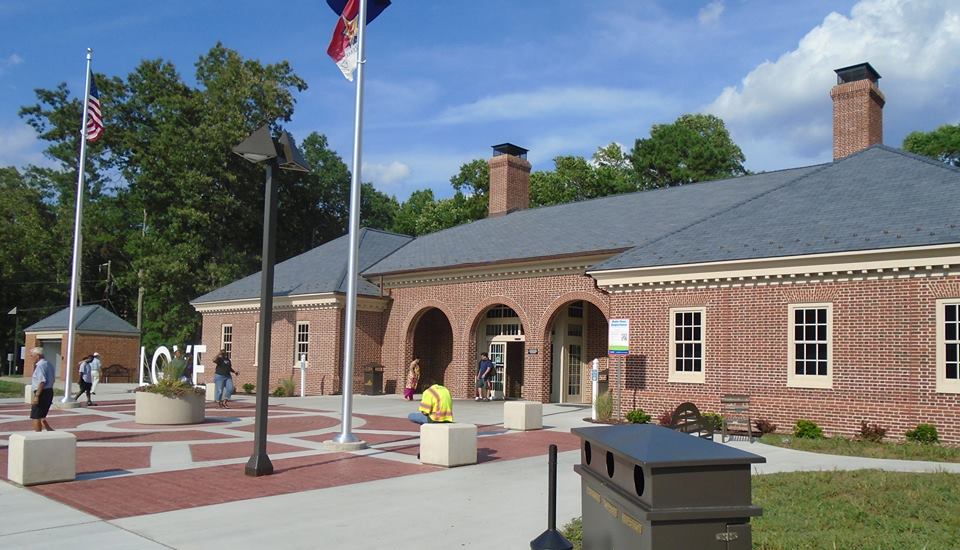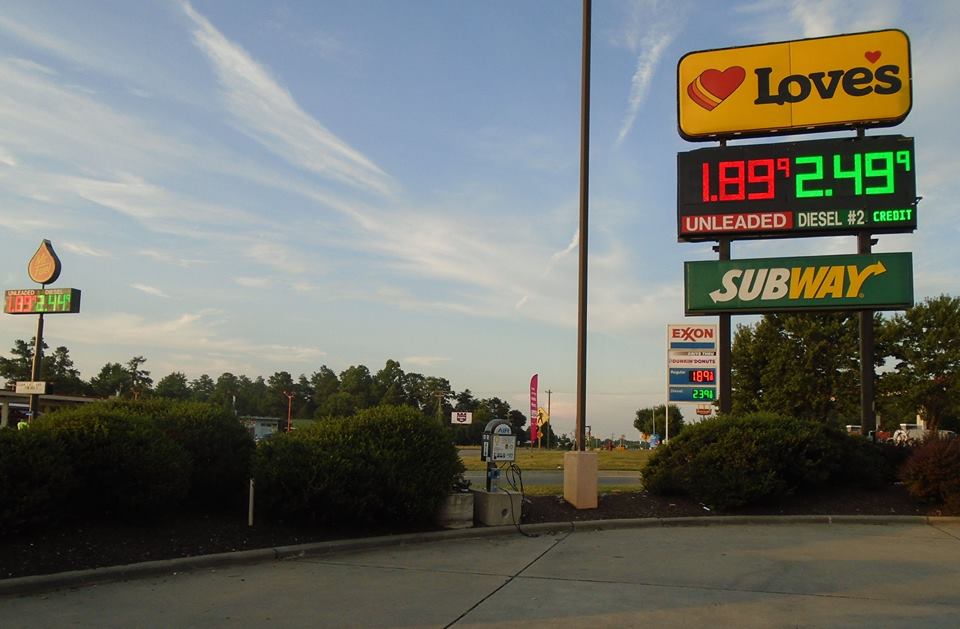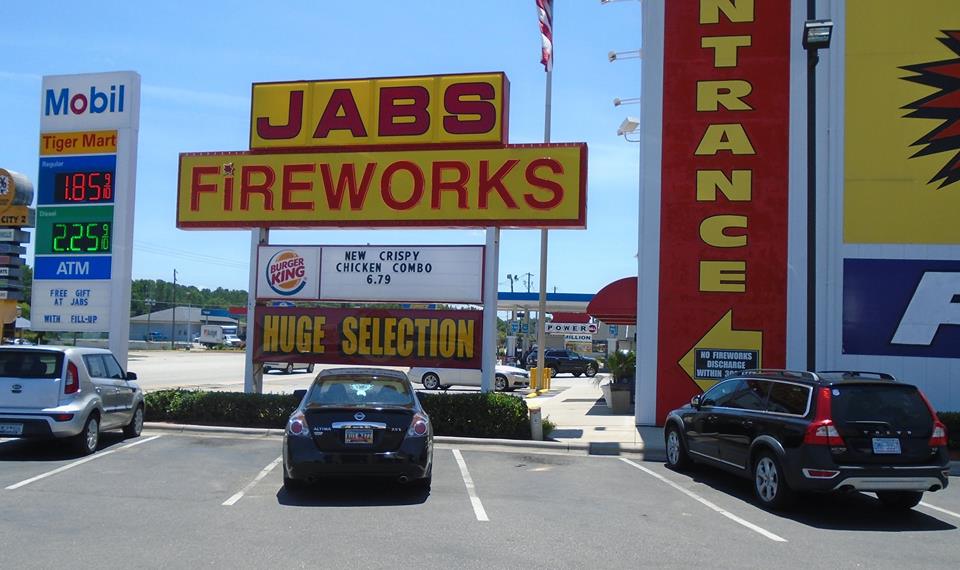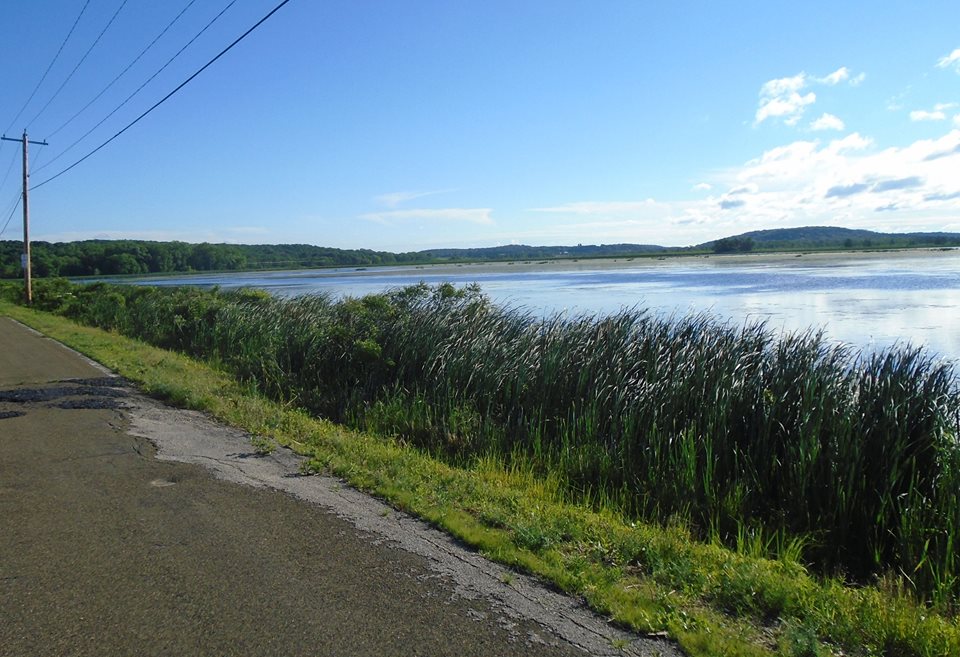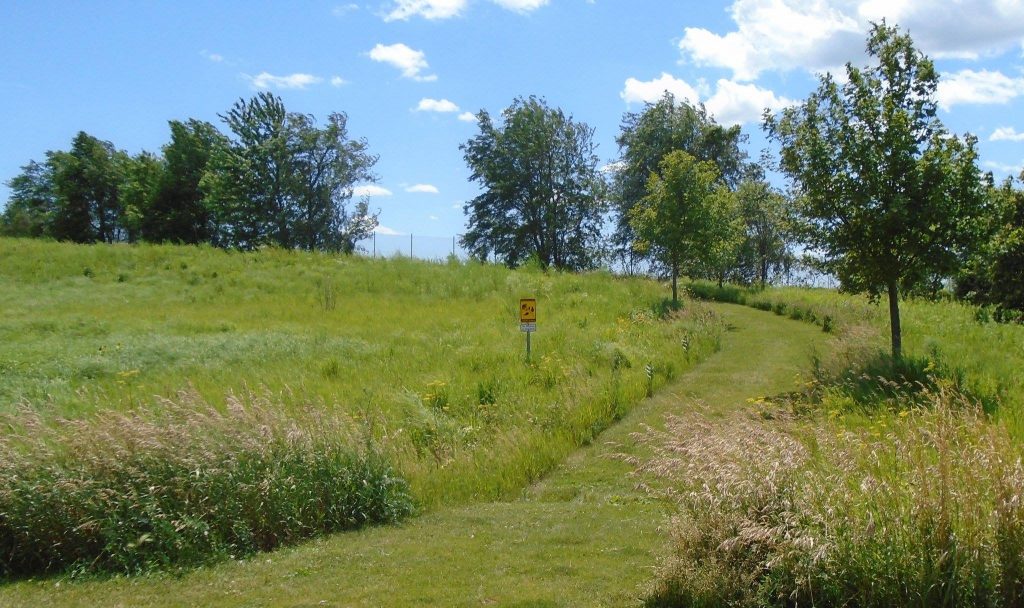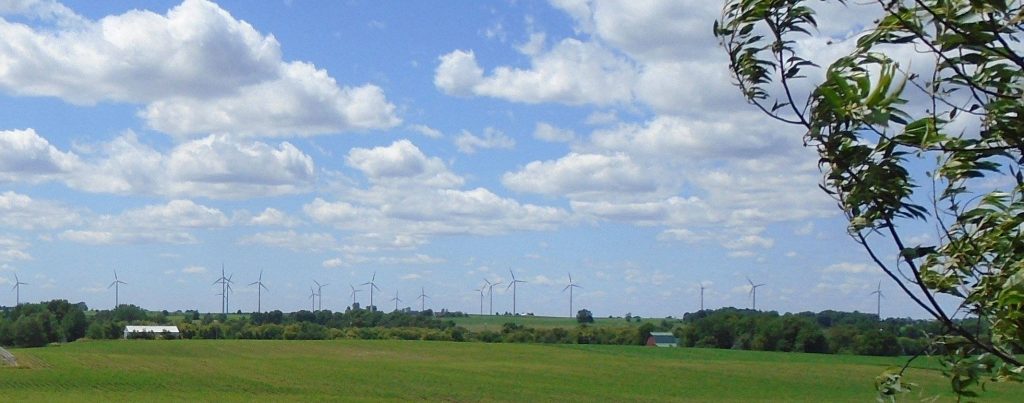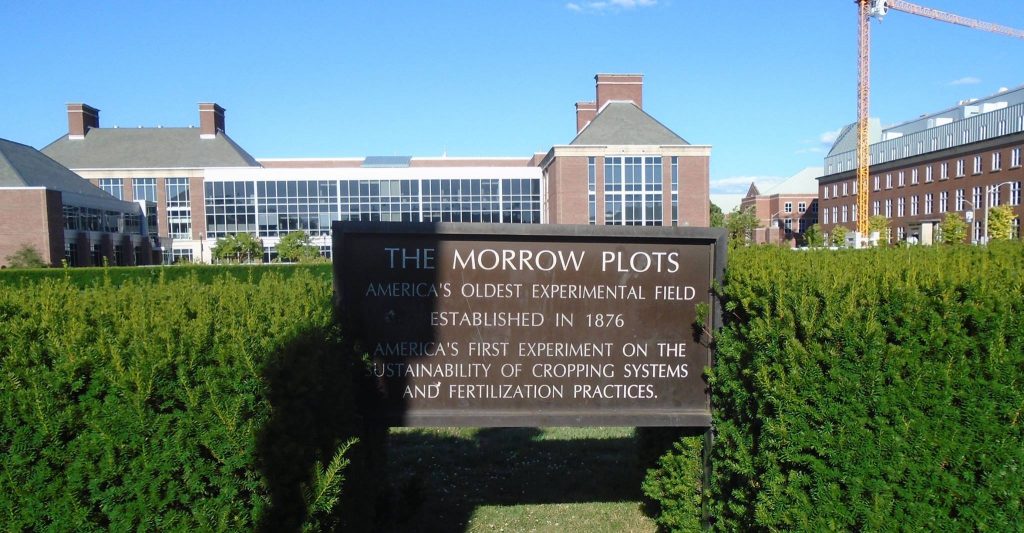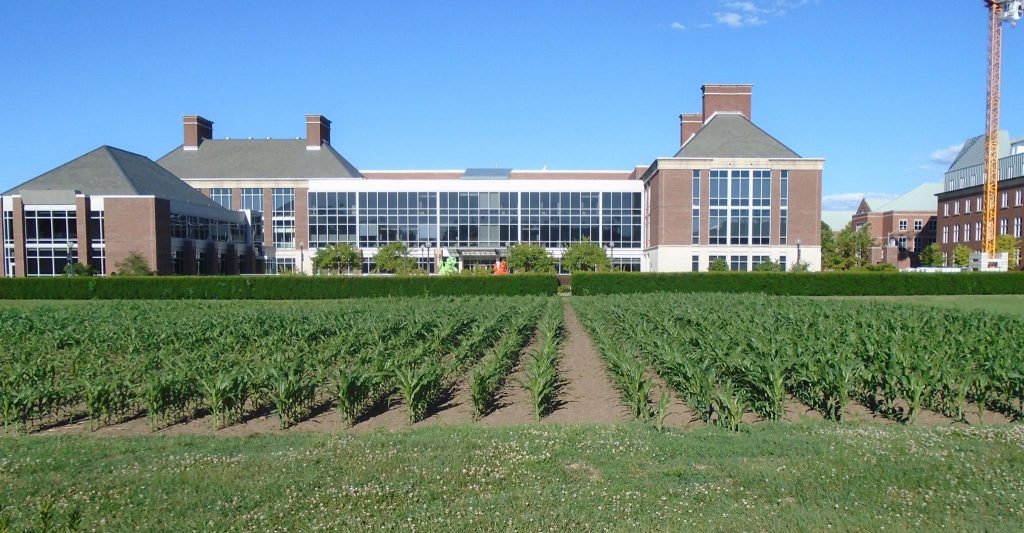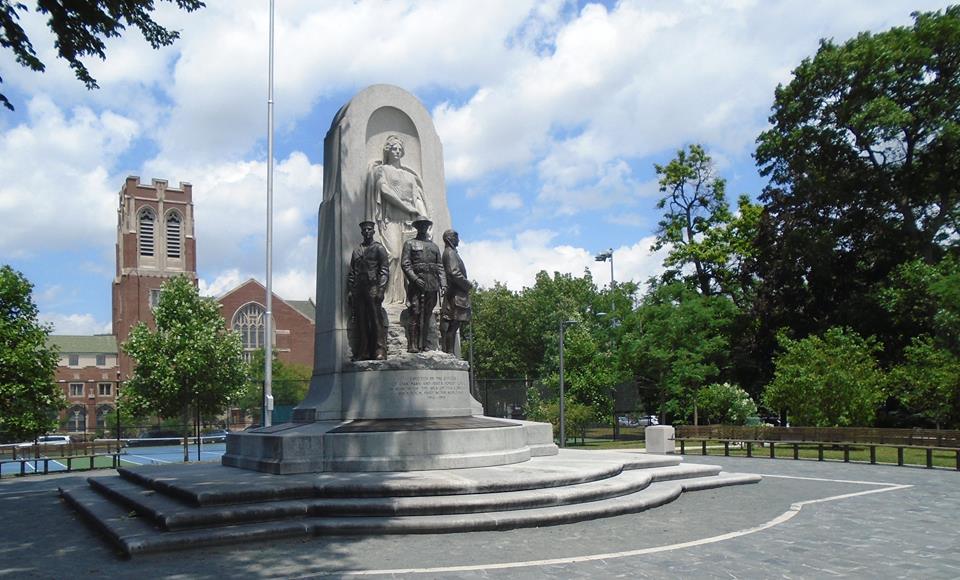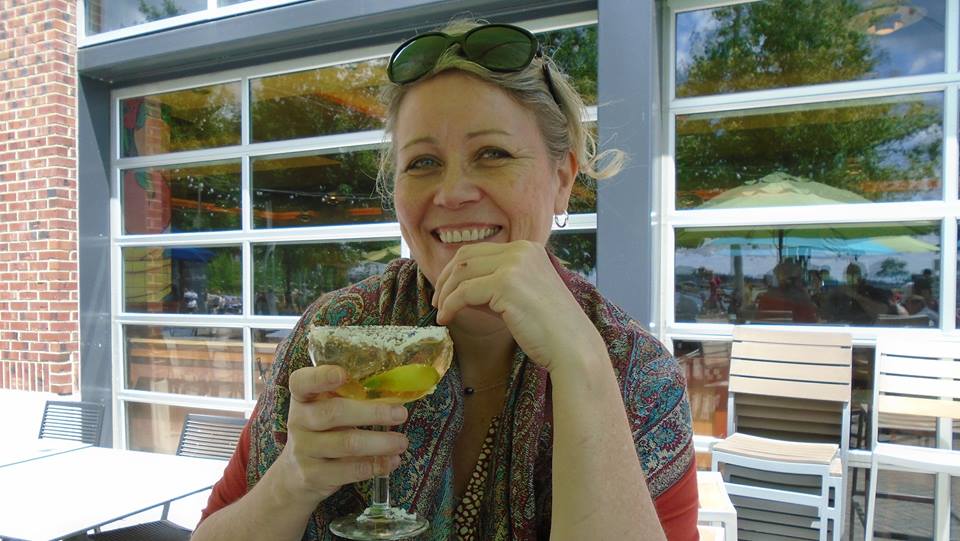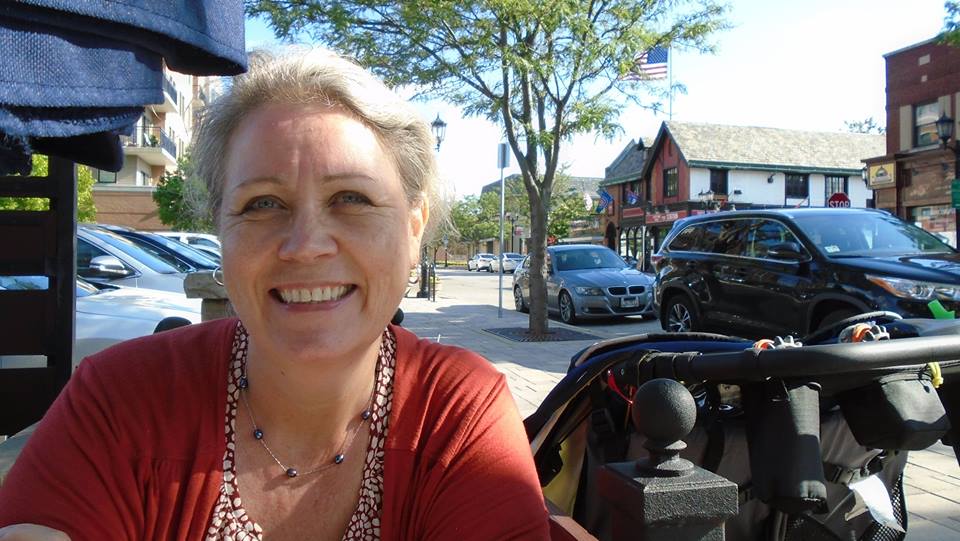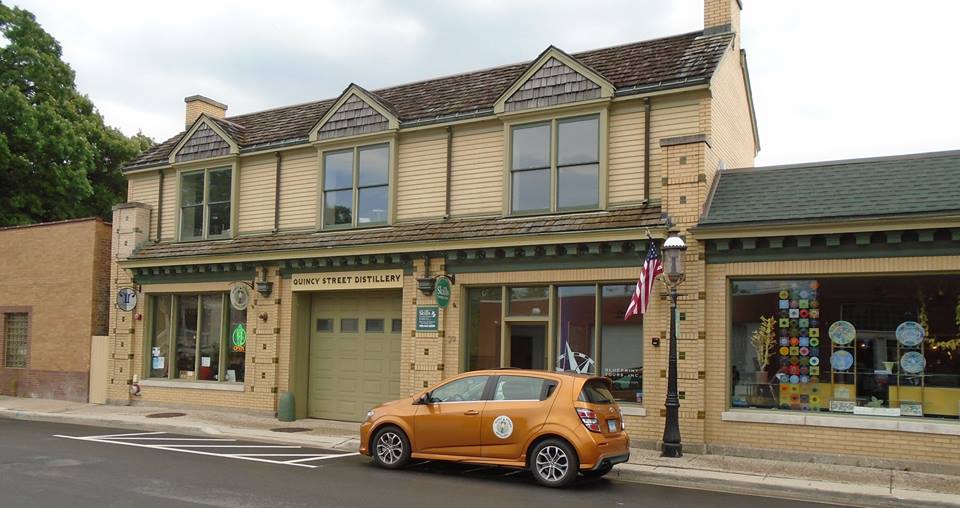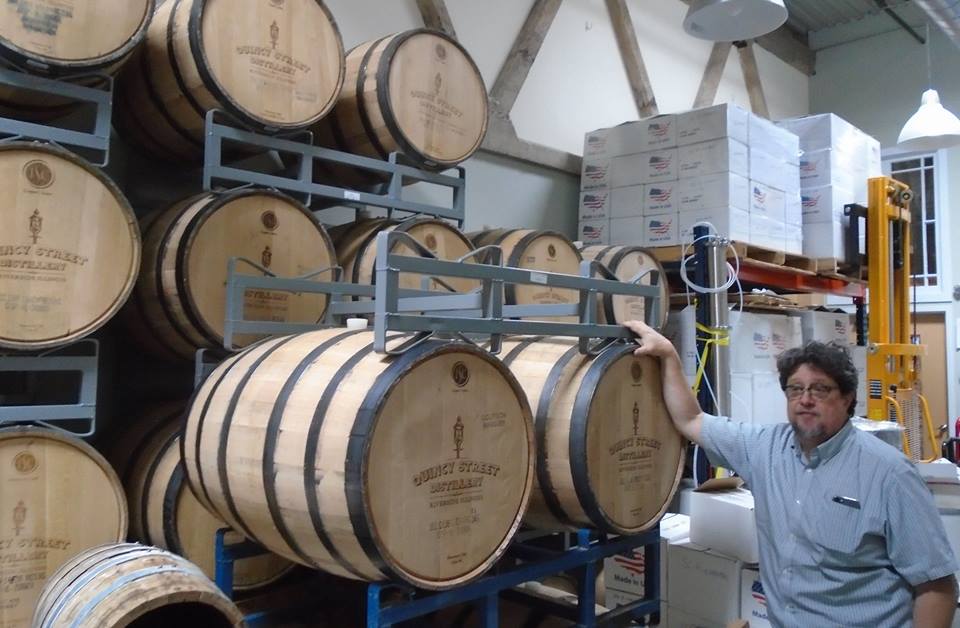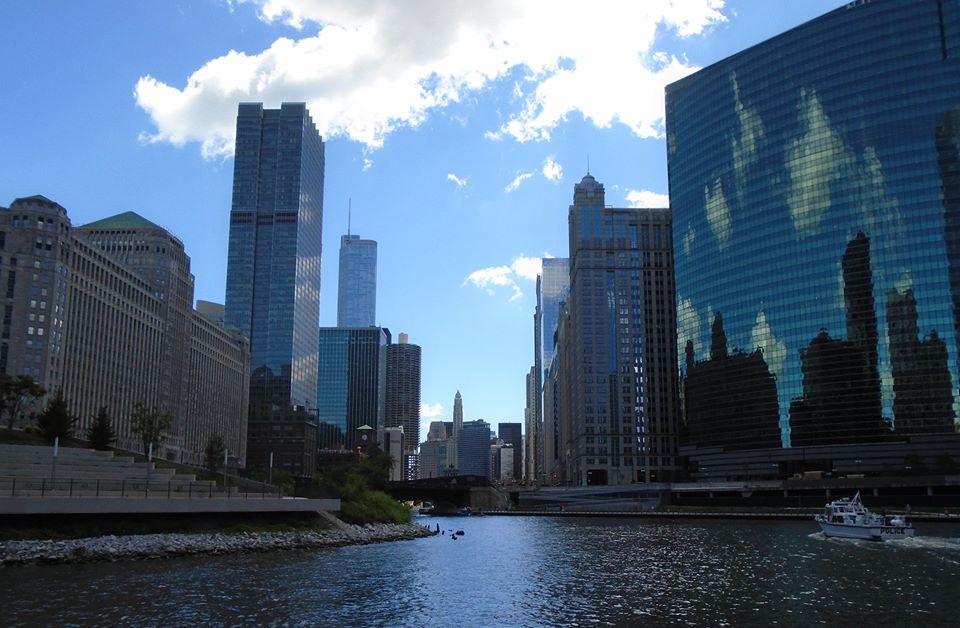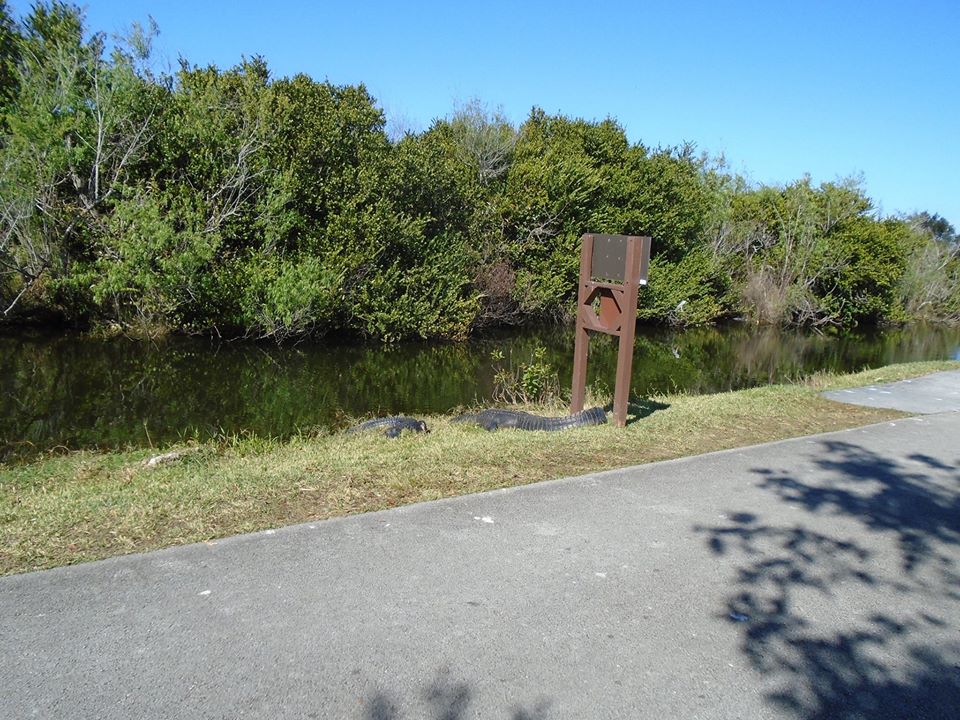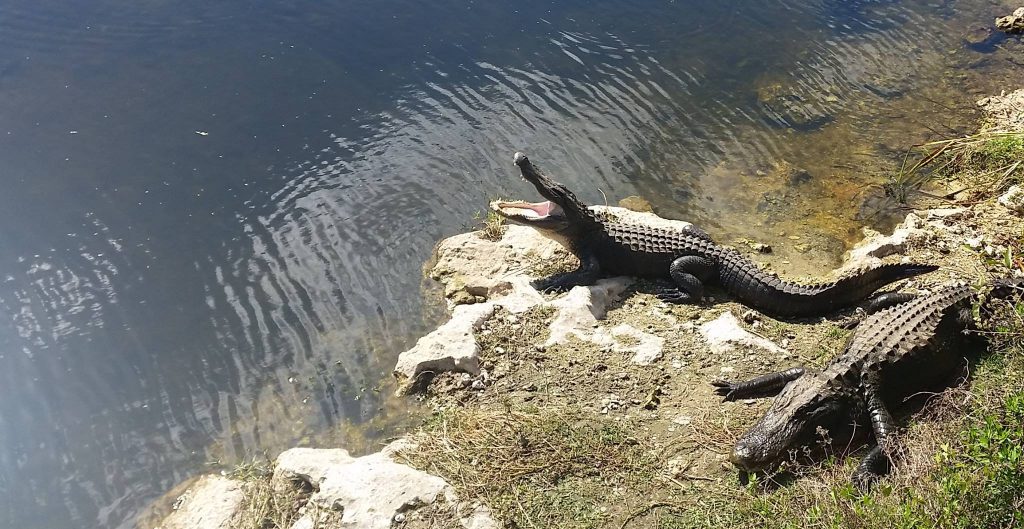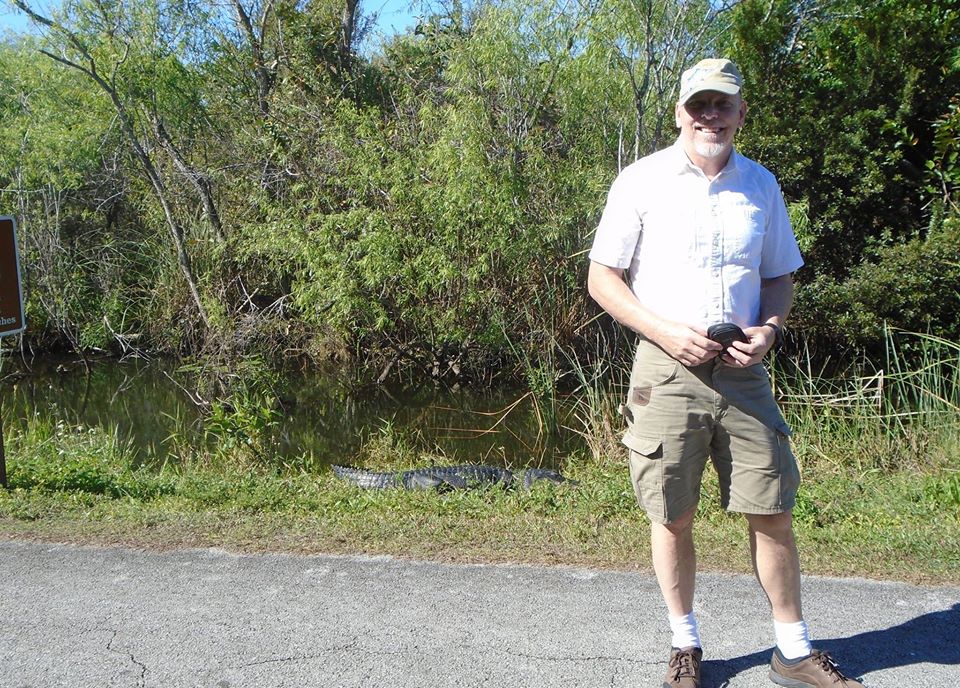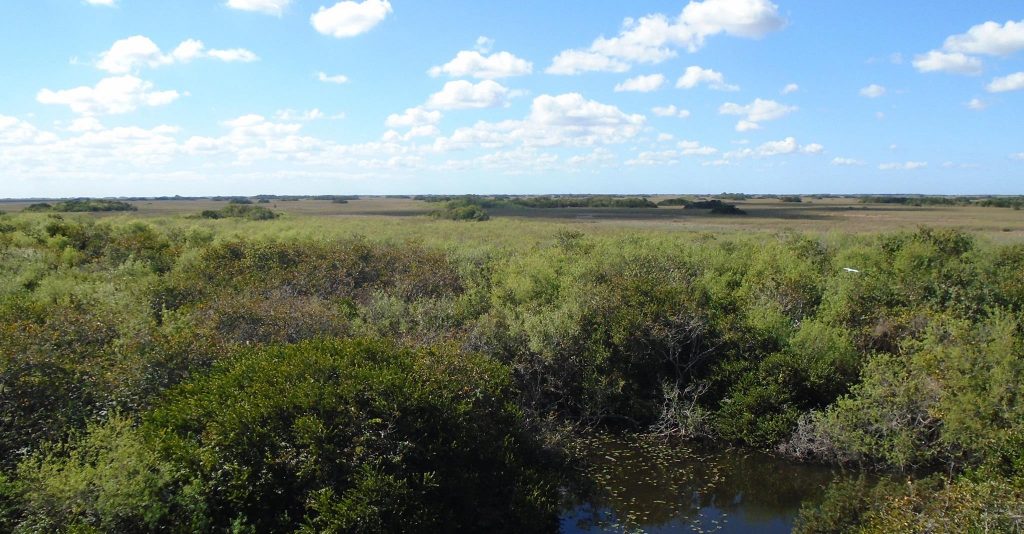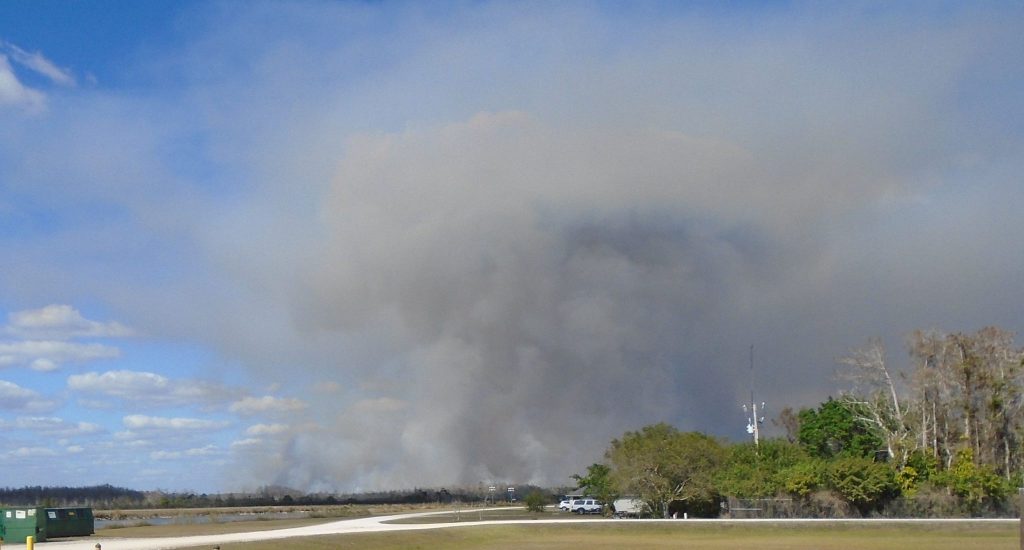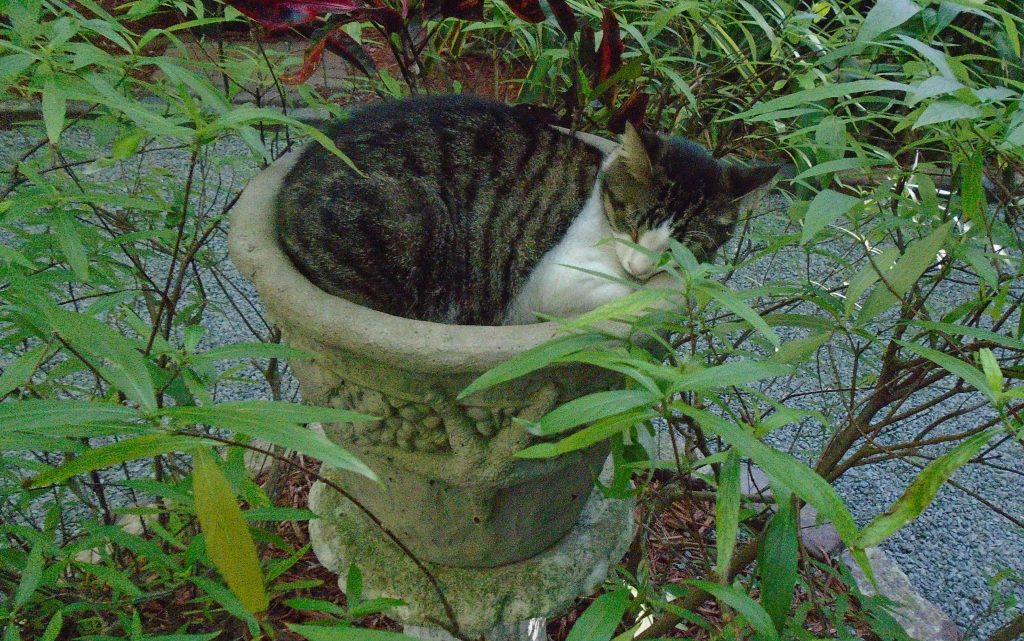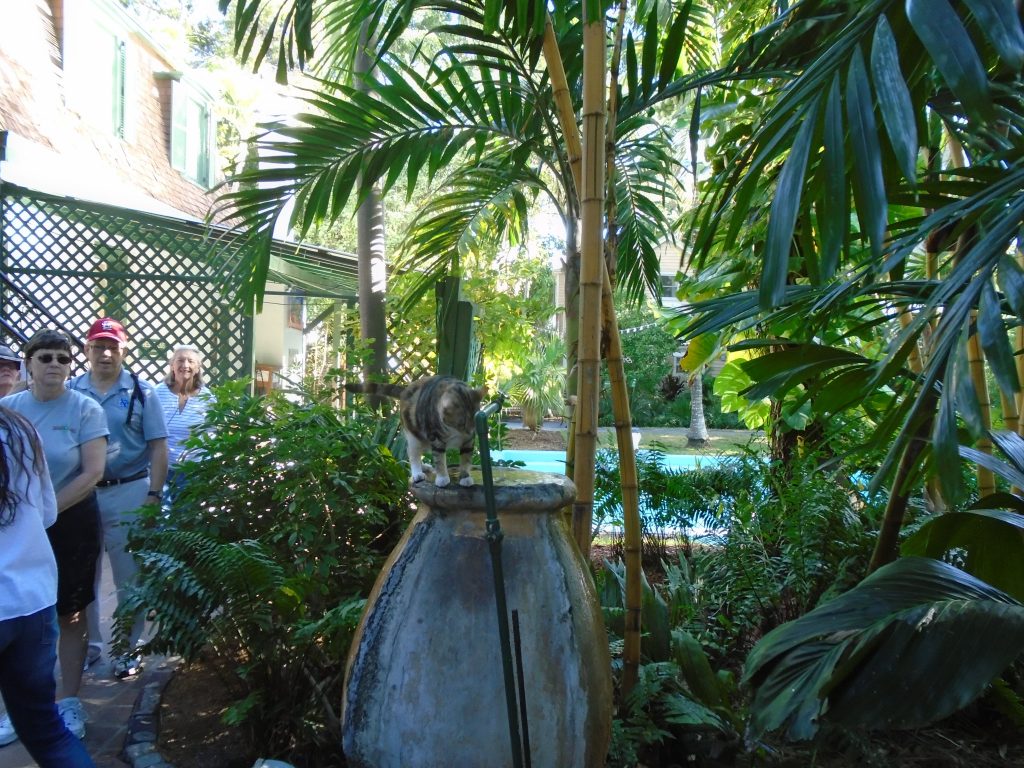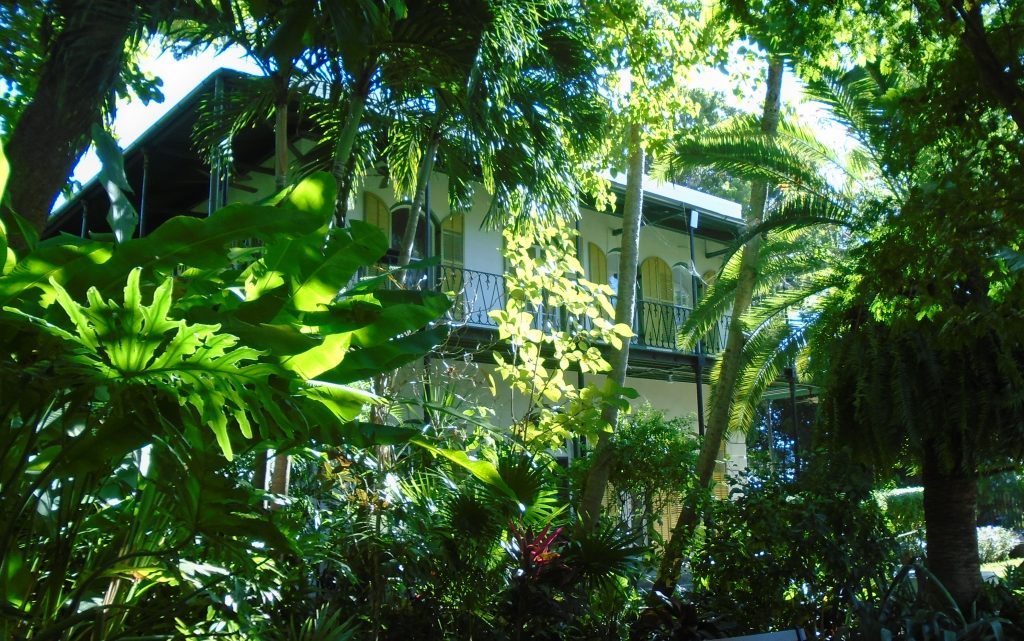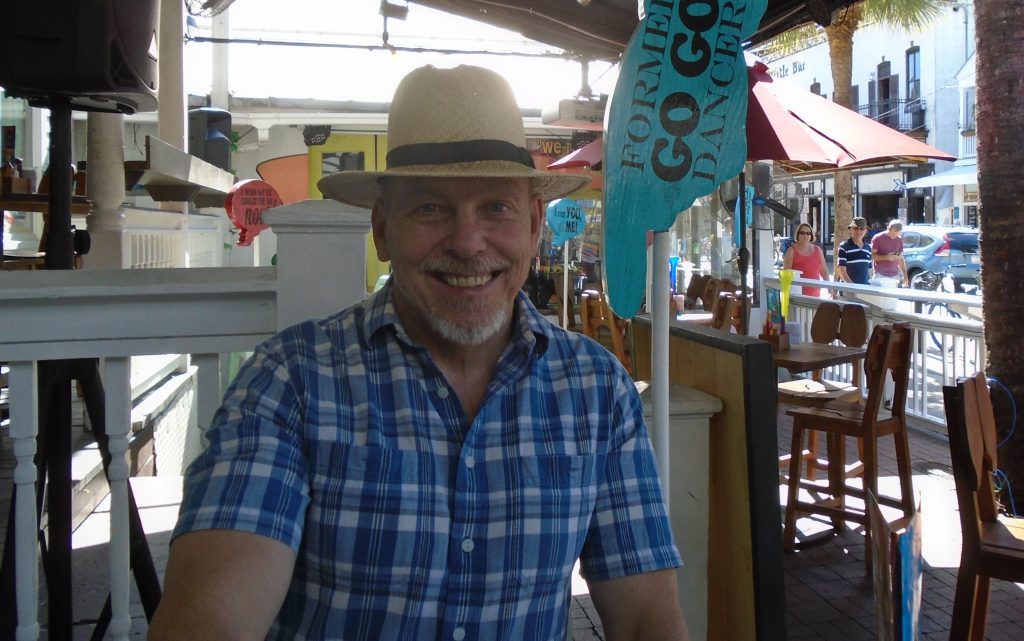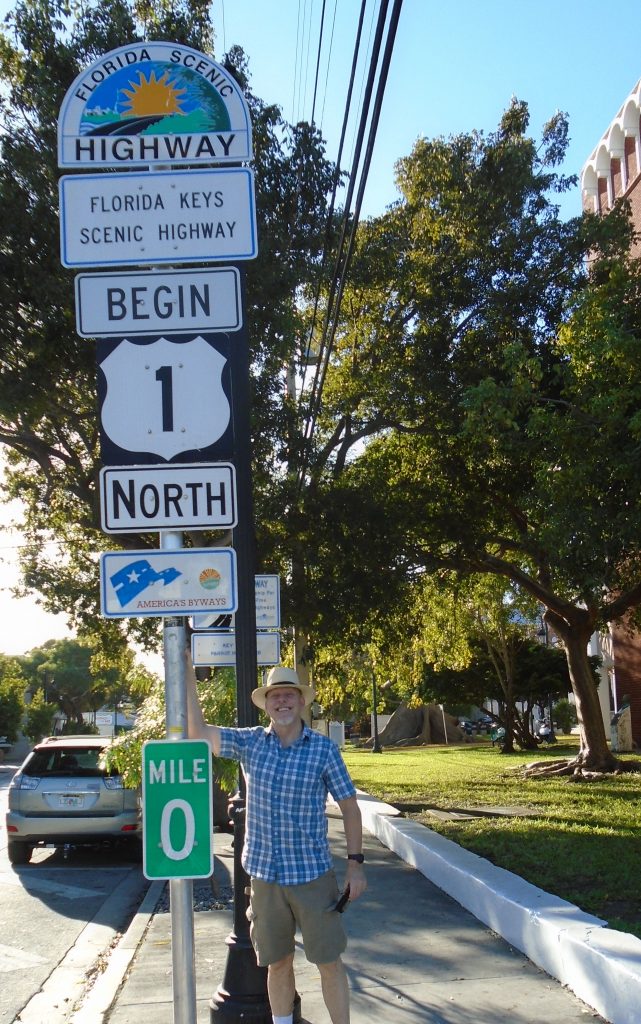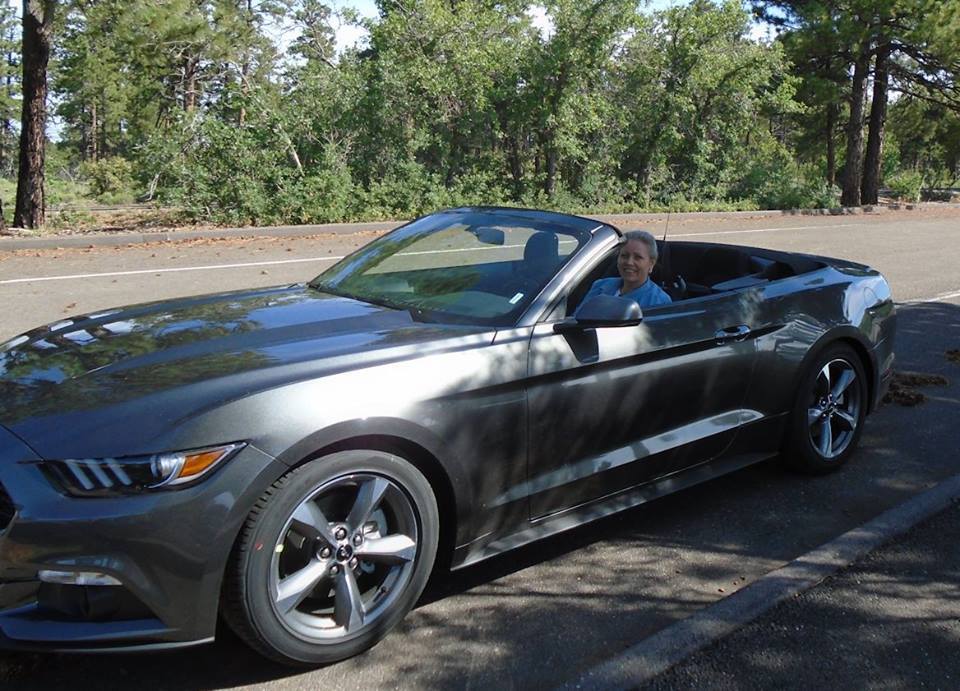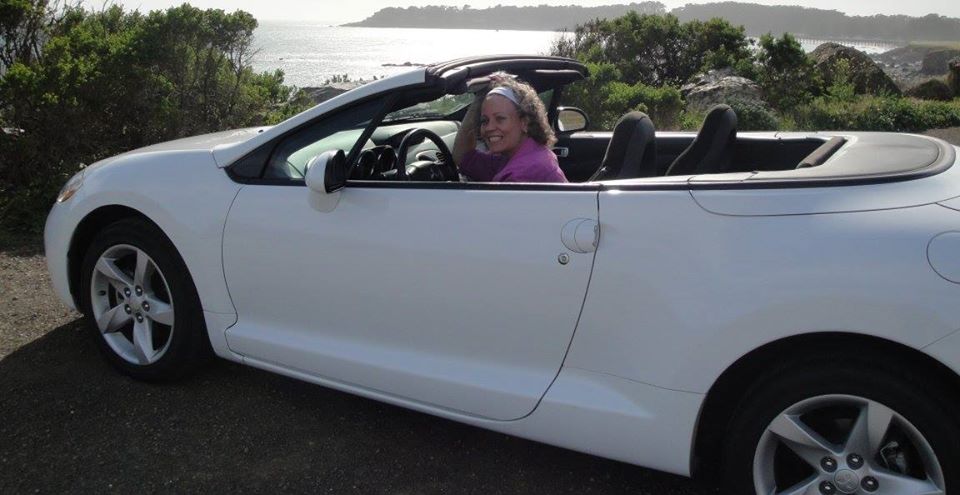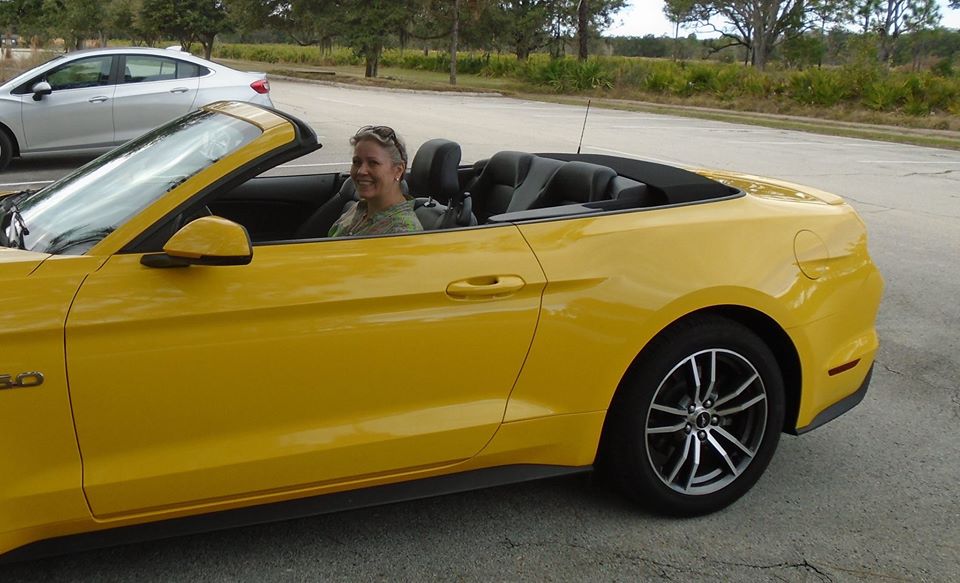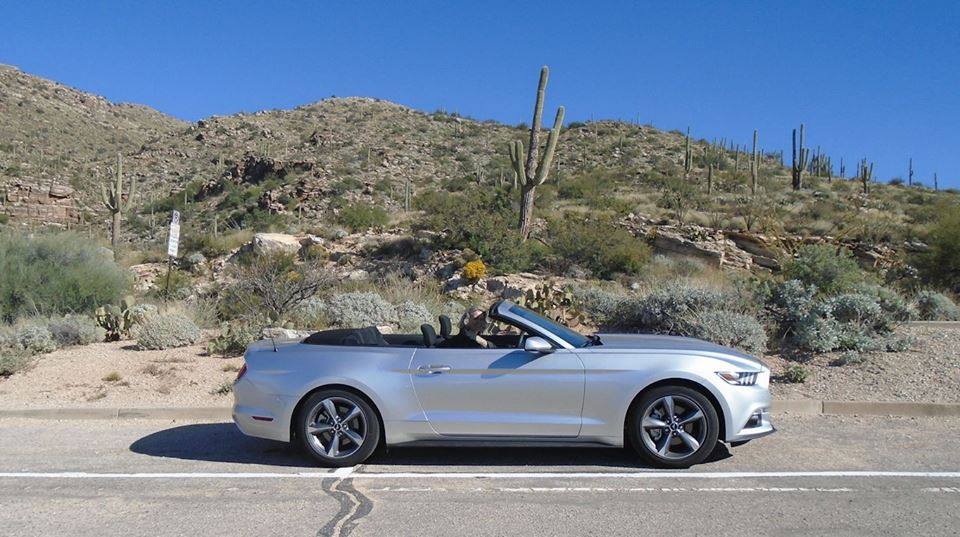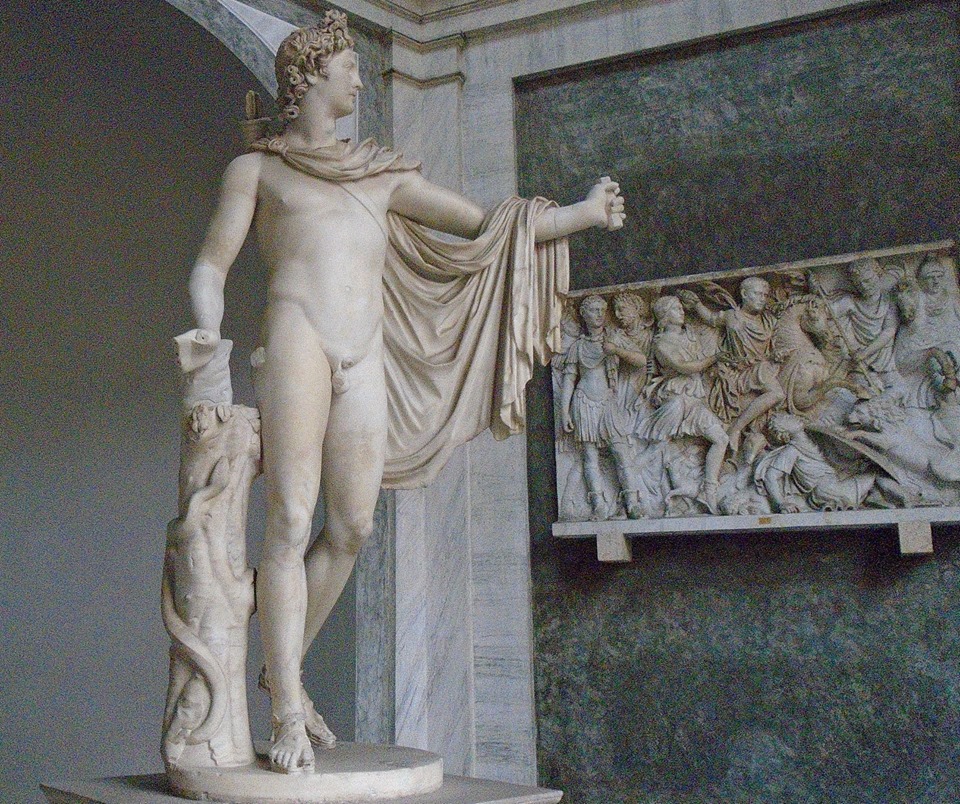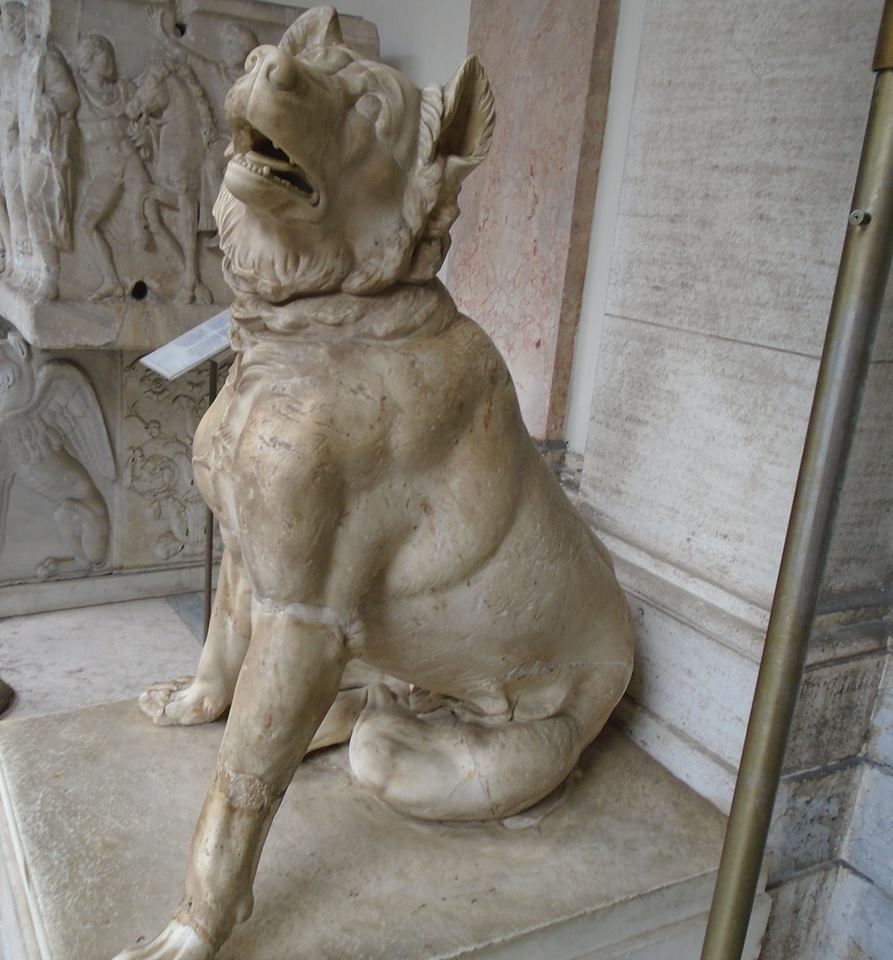



 Harry Truman was a plain guy who know next to nothing about international politics (FDR deliberately kept him in the dark) but ended up leading the creation of the most successful international system in the history of humanity.
Harry Truman was a plain guy who know next to nothing about international politics (FDR deliberately kept him in the dark) but ended up leading the creation of the most successful international system in the history of humanity.
But he knew how to let others work and he succeeded because of his great team, guys like Marshall, Kennan, Harriman and Acheson (shown below) and a generally deep bench of talent below. These “wise men” learned from the mistakes following WWI. They knew that you cannot rely on good will and idealistic talk, so they crafted institutions and structures that have lasted.
The sad and alarming fact is that none of these men could make it in today’s politics. Kennan was really weird. He would have been castigated as an elitist. Harriman and Acheson were really elitists in every way. (Nothing wrong with being elite if you really are better) Marshall was as near a perfect man as this world gives us, but I am sure they would have dig some dirt on him too. Truman did not graduate college and was self-taught. He came up in politics through the legendarily corrupt Pendergast machine (although he was Pendergast’s token honest man). And Harry could swear and carry on.
These men were/are my heroes. They inspired me in my diplomatic career and in life. I could not miss the chance to see Harry’s home.
BTW – one of the best biographies ever written is David McCullough’s “Truman.”




